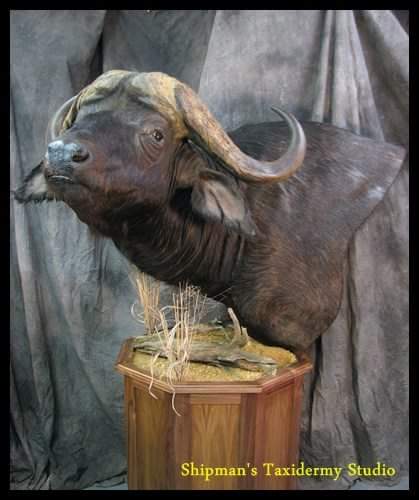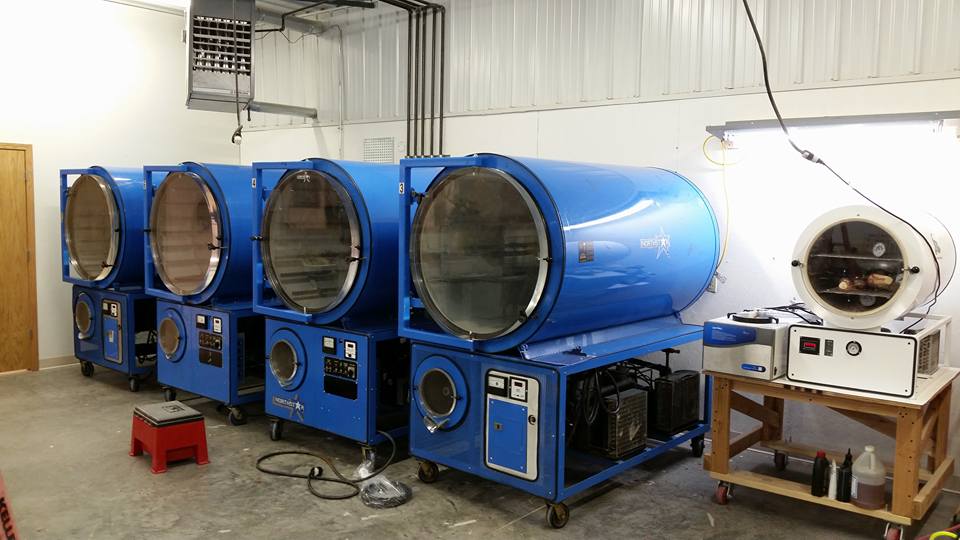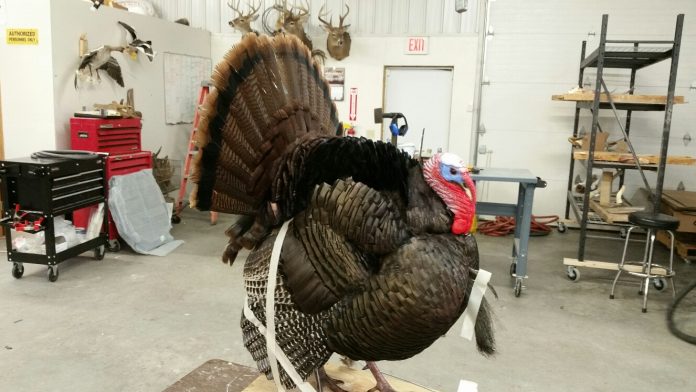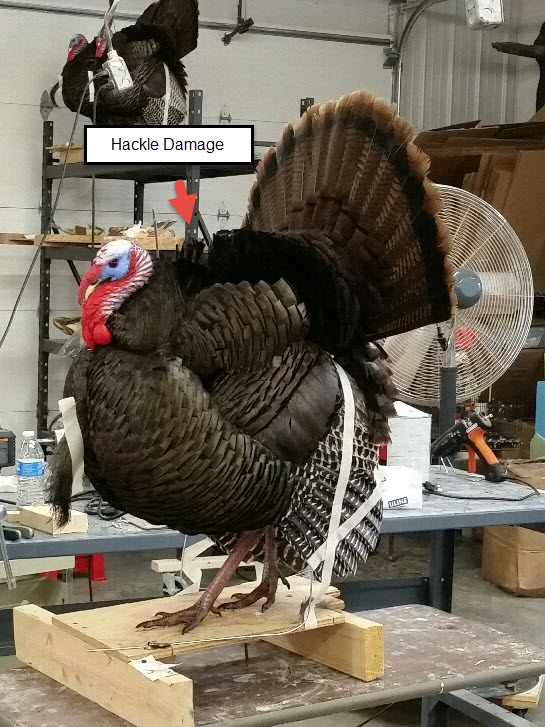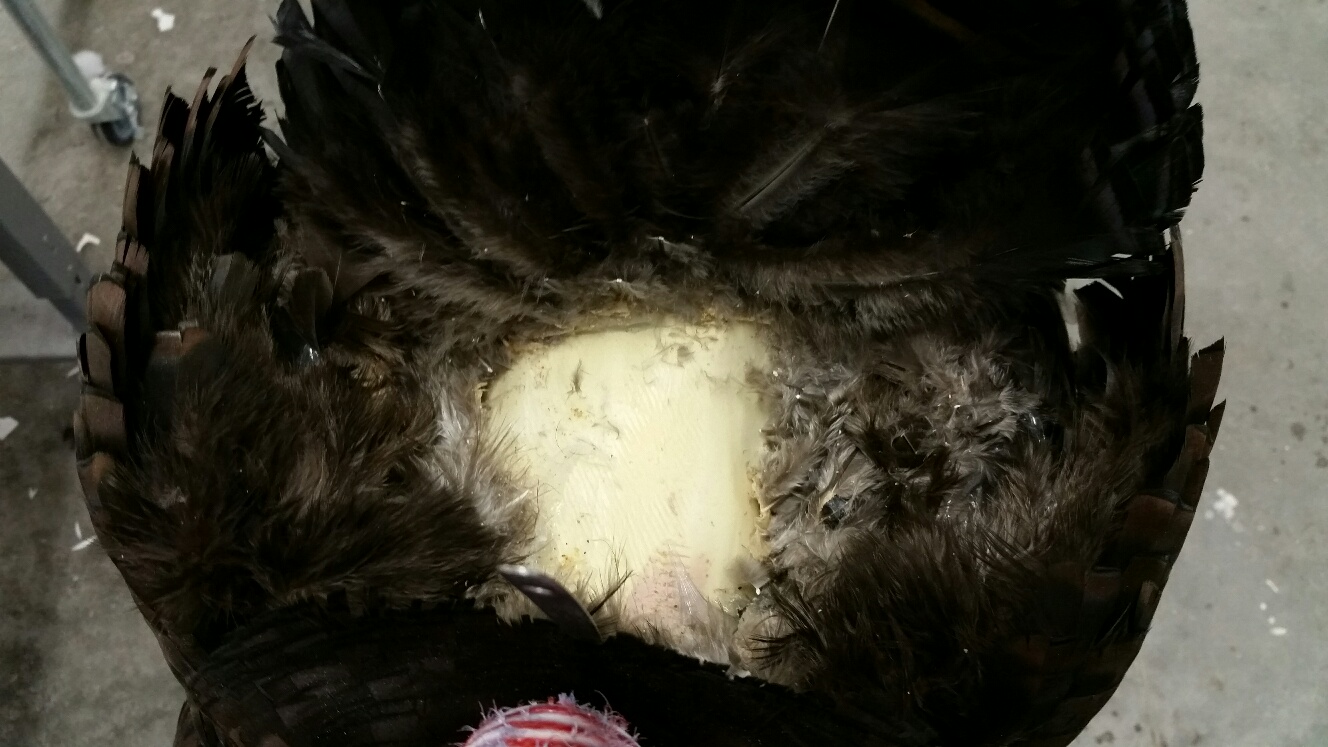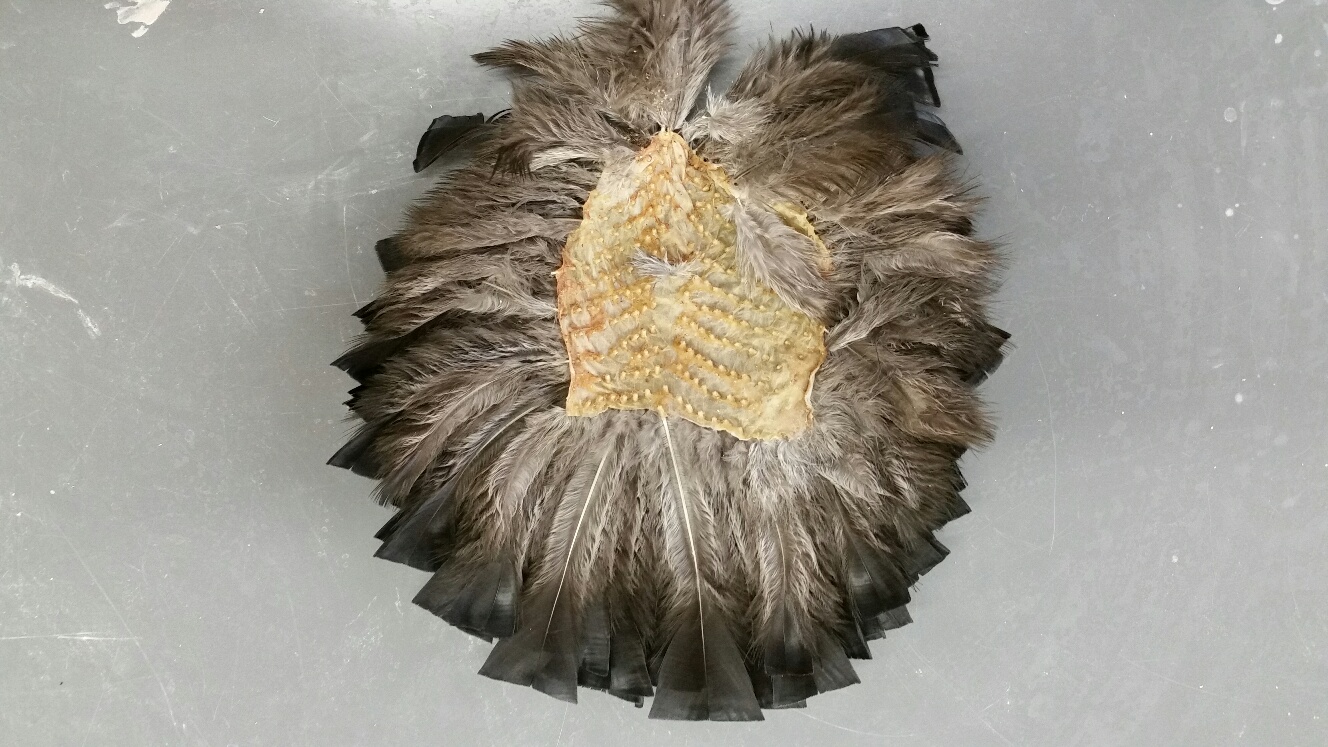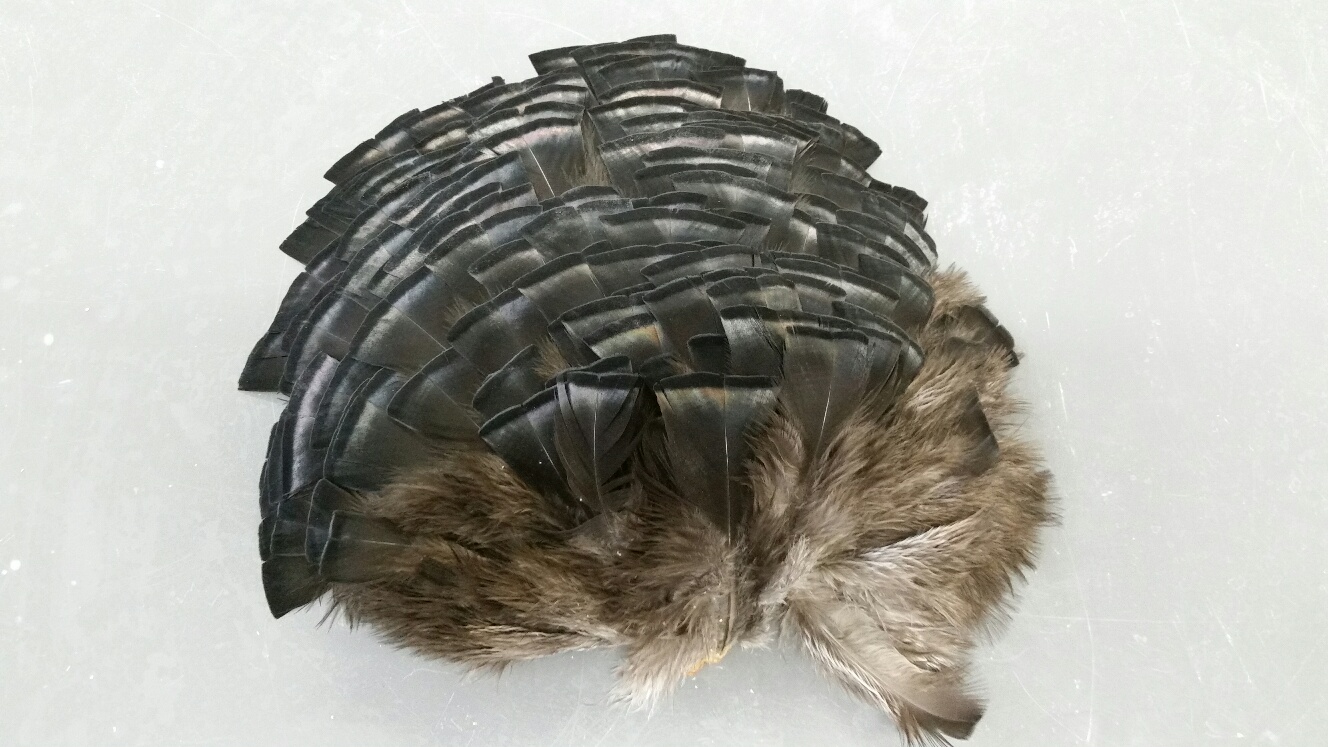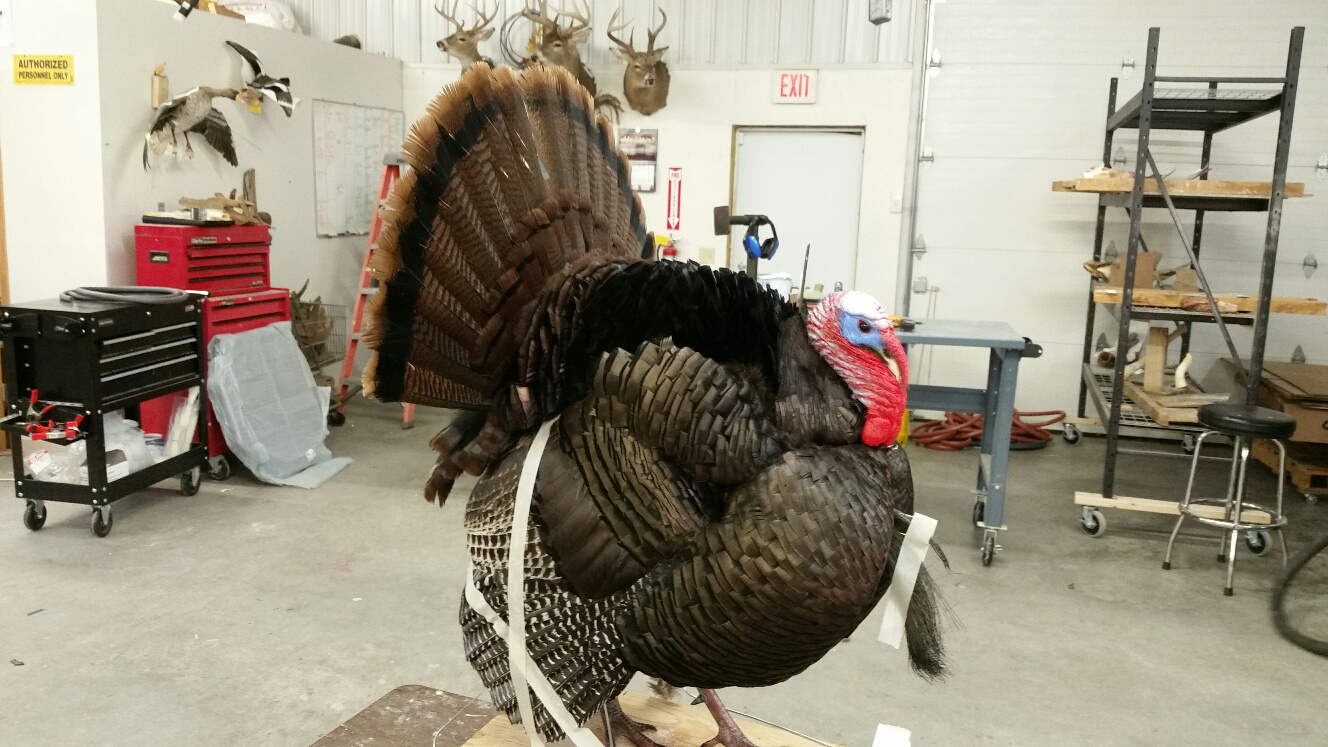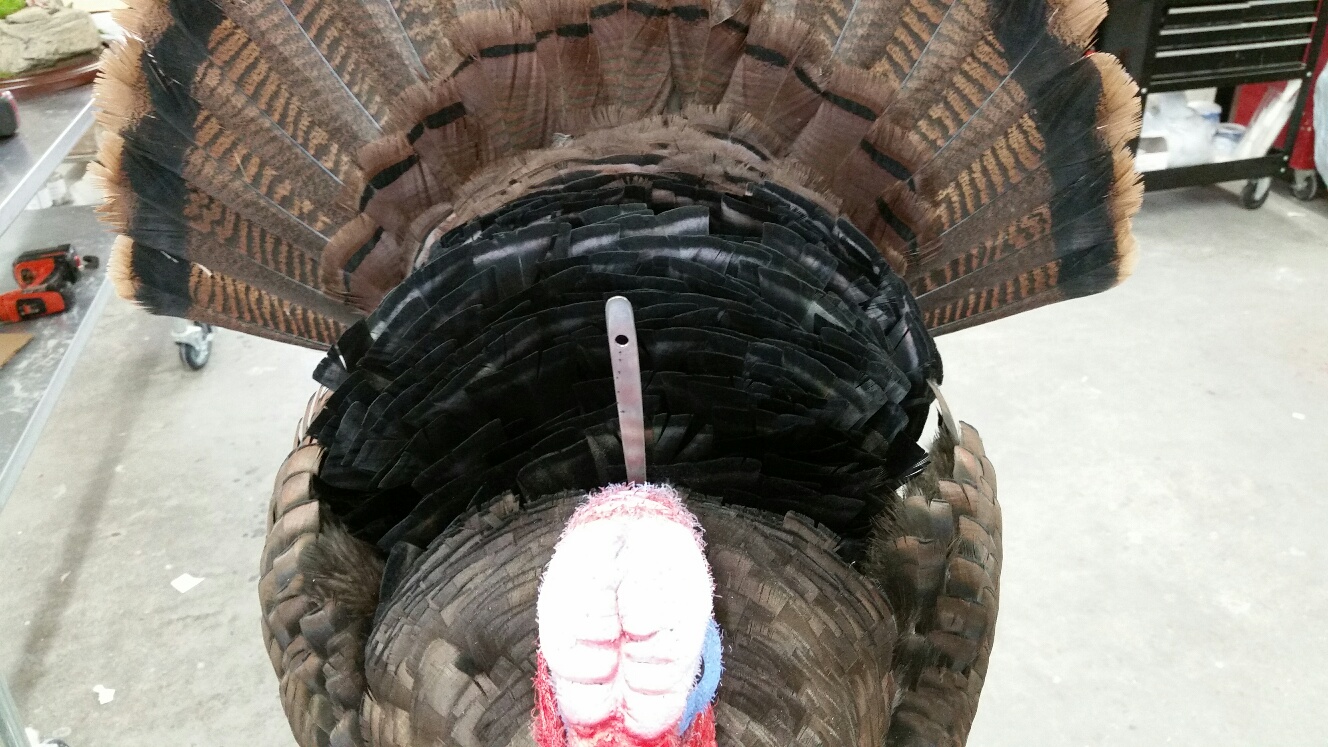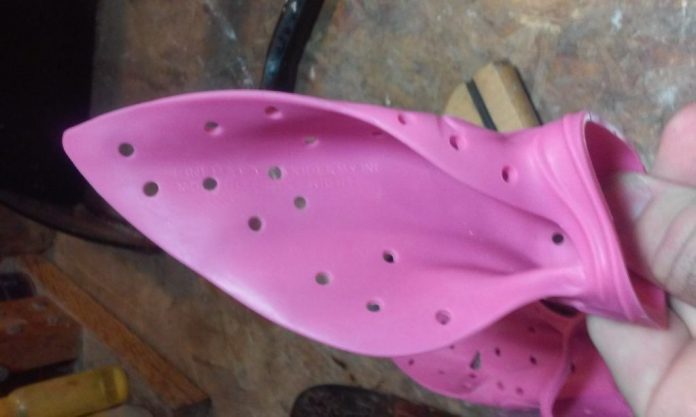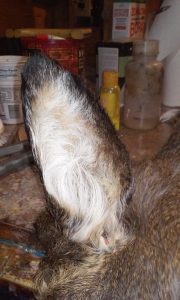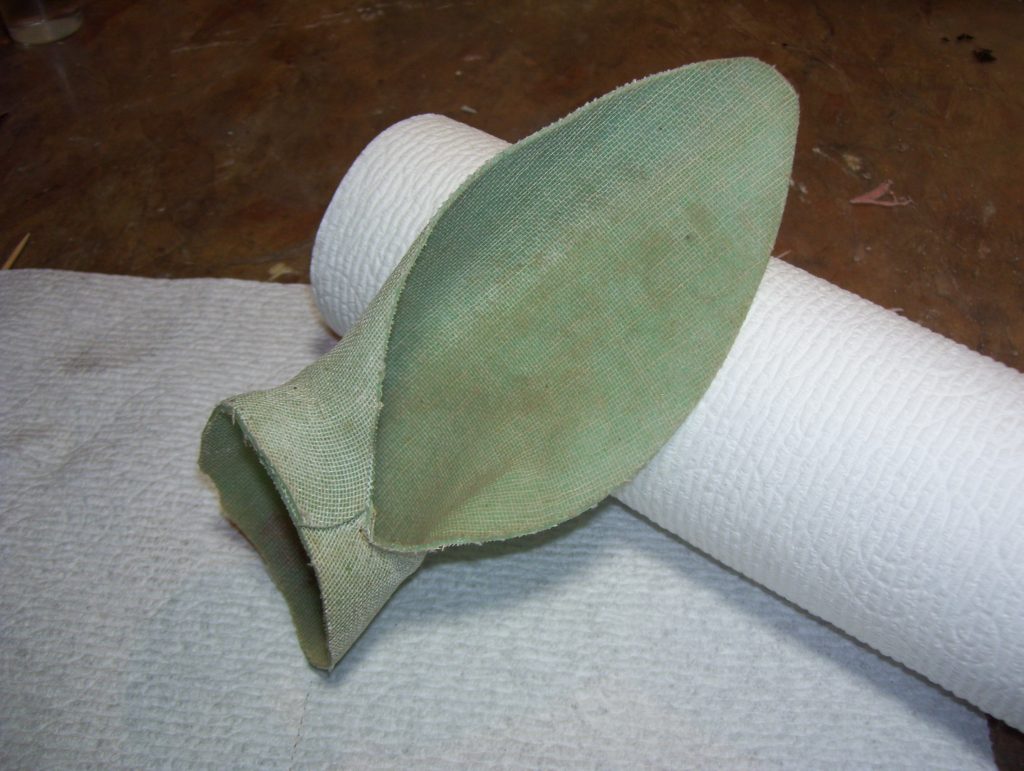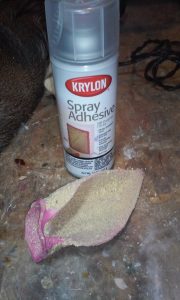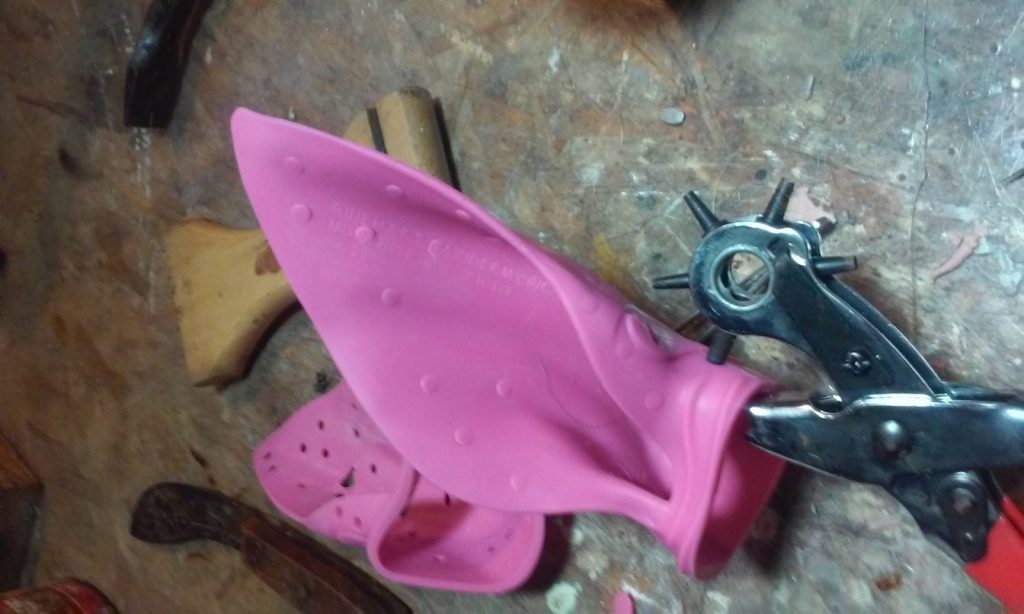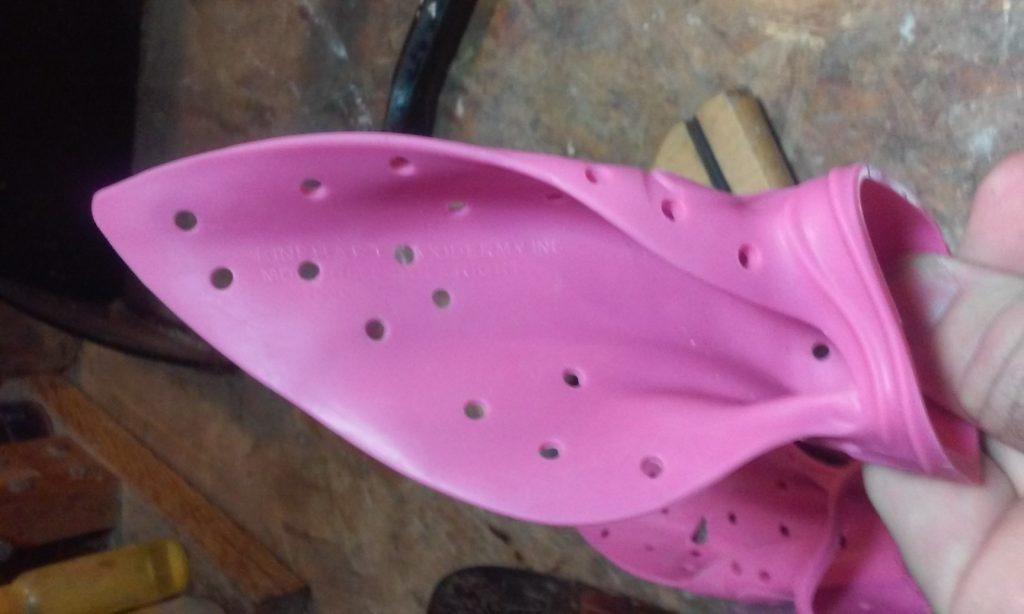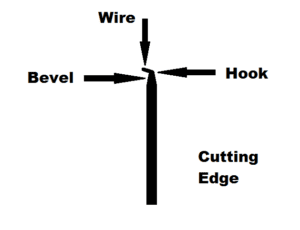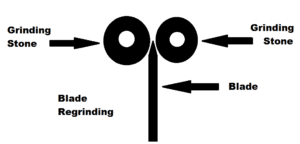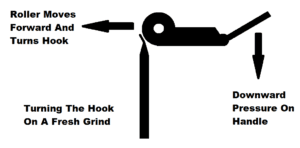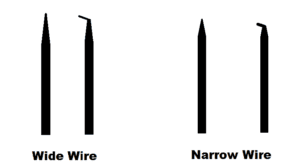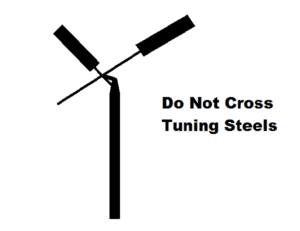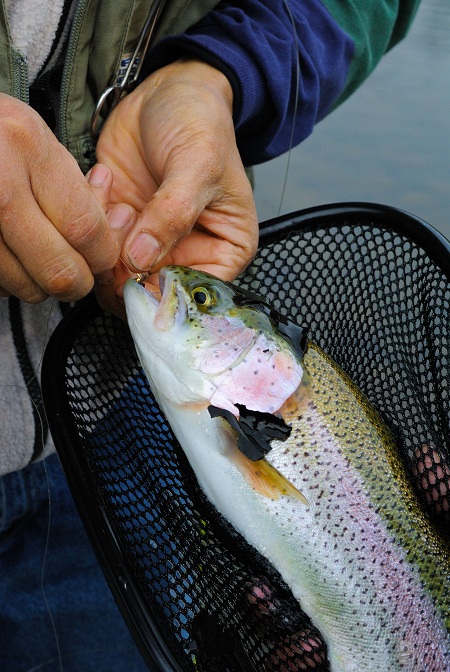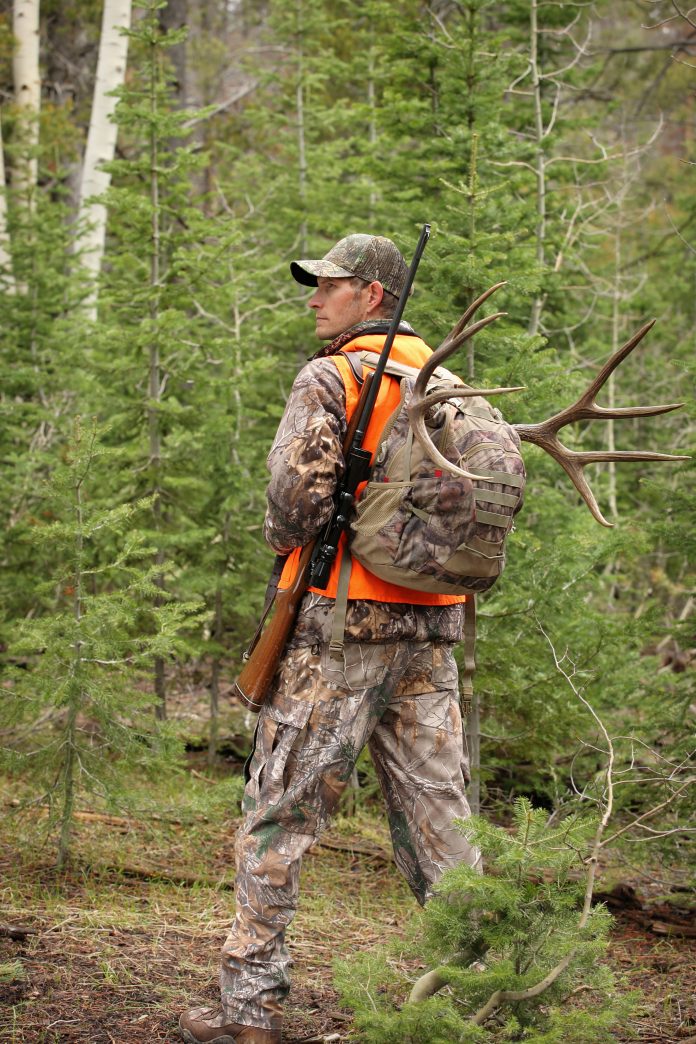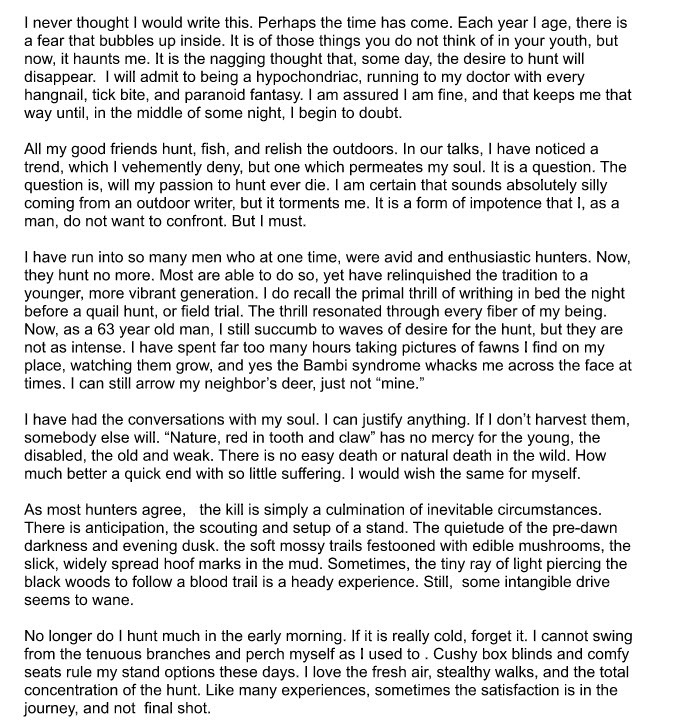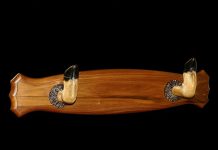On the last article we talked about the square tubing in the manikin. This article I will cover how I install the tubing in the base.
First I have a helper set the animal on the base to see where it looks the best. I step back and look at it while my help is holding it. I like to place it to where their is an equal amount of the animal on both sides of the base.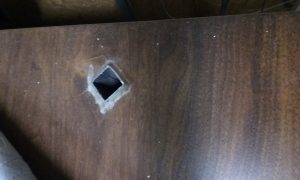
After the attachment point is figured out I trace around the square tubing with a marker. Then I set my larger receiver tubing on it and mark around it. I use a drill bit for each corner and finish up with a reciprocating saw. I stick a tape measure down in the hole all the to the bottom of the base and this is the length I cut my tubing. My wood guy builds my bases to where the bottom is removable. I remove the bottom. Then i temporary secure the bottom of the tube to the insides of the base to where i think it need to be. I then put the form on the base to see how level it is. 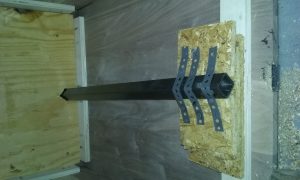 If I need to move it side to side or lift the front up some now’s the time. Flip the base back over and repeat process until it’s where I want in. Then permanently secure bottom of tubing and replace bottom of pedestal.
If I need to move it side to side or lift the front up some now’s the time. Flip the base back over and repeat process until it’s where I want in. Then permanently secure bottom of tubing and replace bottom of pedestal.
This method may not be for everyone but it works great for me.
Replica or reproduction fish are mounts that are completely artificial. They are commonly used if a fish was caught and released, the fish does not make a good skin mount, or for interior decorating projects/wildlife dioramas.
Replica fish are molded off of real fish. Once a mold is made, a cast is pulled and made ready for a production mold. A high quality production mold can produce hundreds of casts, or as we call them in the taxidermy industry, blanks. The replica fish blank goes through a cleaning and grinding process to remove mold release and flashing. We then have to repair seams, add glass eyes,gills and put fins back on. Then its off to the paint booth. A good taxidermist can recreate the colors of the fish you caught onto a replica fish with great accuracy .
You do not have to bring your fish in to a taxidermist to get a replica made. There are thousands of molds available for almost all of the common fish species caught. However,not all of these molds are of the best quality or made the same. Many of the newer fish molds offer higher quality and more lifelike poses, including full open mouth and gill detail. Ask your taxidermist for examples of their recently completed replicas to see if you like what they are offering.
Now that you have caught the fish of a lifetime, what does the taxidermist need ? While we can recreate a replica off of a good description,the more information we can get on the fish the more accurate the mount will be!
Pictures
Pictures are one of the most important things you can get before you release your fish. This is what the taxidermist will use to recreate the colors on your replica . Try taking pictures at different angles and in different lights. The more pictures the better. Most smartphones have cameras that are more than adequate for this.
Length & Girth
Take your length measurement from the tip of the jaw to the tip of the tail.The girth should be measured at the part of the fish with the greatest diameter. Normally this is around the center of the fish. A Tailors waterproof tape measure works great for this. The taxidermist can normally find a blank close to your size fish, but being a little flexible on the exact size is appreciated.
Weight
While getting an accurate weight on your fish can be helpful, it is not as important as pictures and measurements. If your goal is to release the fish alive, you may want to skip this step.
Good Description
Making notes of certain colors or features that make your fish unique is important. Write down anything that jumps out at you after your fish is in the boat.
A few notes on catch and release fishing
Obviously, the goal of C & R is to get the fish back in the water as soon as possible. Avoid holding the fish by it’s jaw. This is not a natural position for a fish and can cause internal injury. Keep the fish moist and avoid over handling the fish. Fish have a slime coat that helps protect them. Removing too much of it can open the fish up to infection . Big fish are often thought of as being ” tough”, but big fish are old fish and may not take the release as well as younger fish. Also many older fish are no longer fertile, even if they are carrying eggs. In some situations it may actually be better to keep larger, older fish and release the younger more vigorous fish. Warmer weather and water temperatures can also increase the mortality rate of released fish. Under ideal condition the mortality rate of fish is around 10%. In warmer water it can hit 25% or higher.
Good Fishing !
Aaron Stehling is a full time taxidermist in Jefferson WI. He is the owner of Stehling’s Taxidermy LLC, a second generation studio that has been in business for over 40 years.He is also administrator on www.taxidermytalk.com forums. Aaron is an online instructor on www.taxidermyinsider.com. Questions or comments for Aaron can be directed to a.n.stehling@gmail.com

